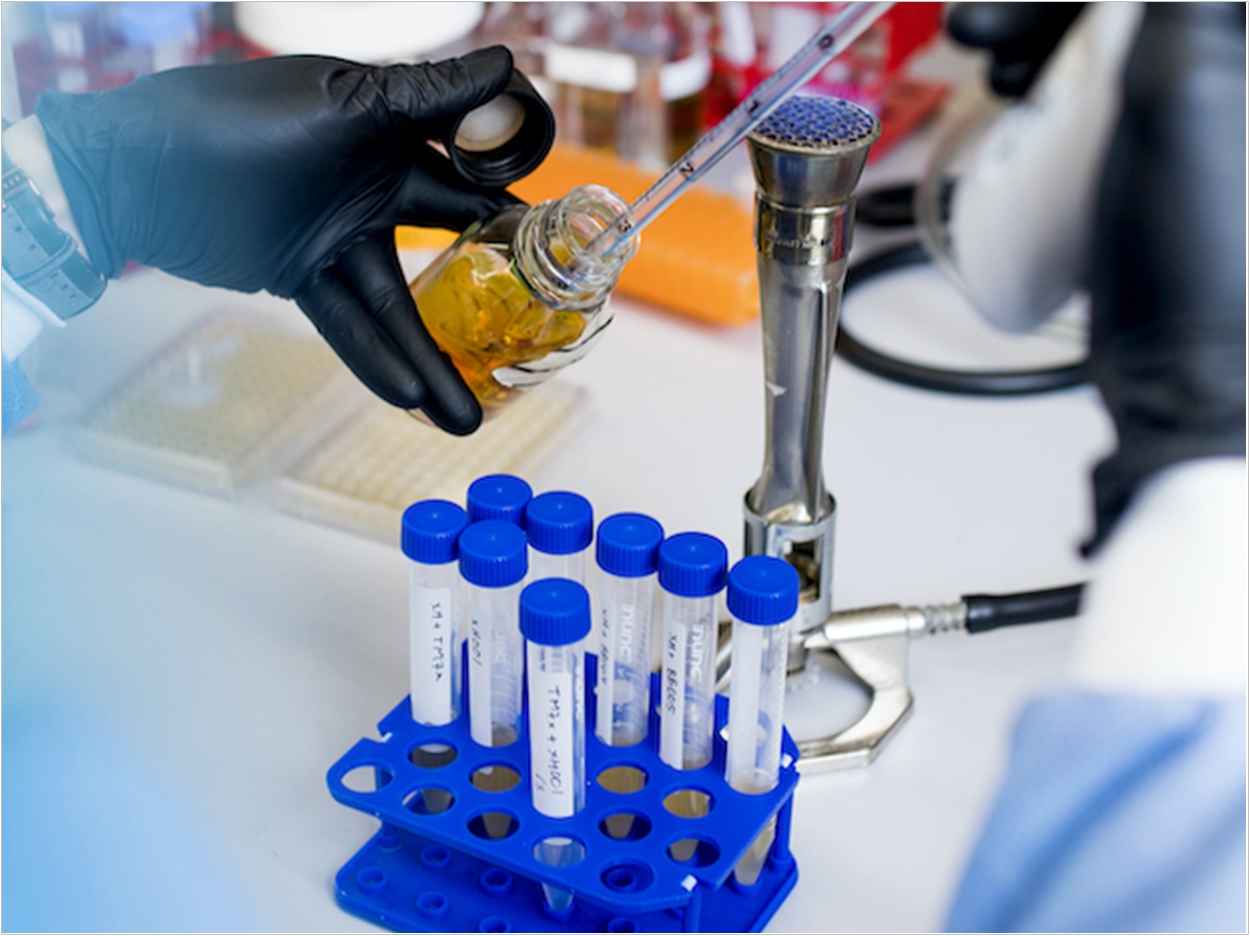
Some of the oral bacteria in human mouths also can be found groundwater deep below the Earth’s surface, in the bellies of moose, and in dogs, cats, and dolphins, according to researchers at the Forsyth Institute who have found that these organisms have adapted to these diverse environments without radically changing their genomes.
The bacteria are members of the TM2 or Saccharibacteria phylum. These ultra-small, parasitic bacteria with small genomes belong to a larger group called the Candidate Phyla Radiation (CPR). These CPR bacteria are mysterious “dark matter” that represent more than 25% of all bacterial diversity, yet we know very little about them since the vast majority of them remain uncultivated.
The researchers have found that Saccharibacteria within a mammalian host are more diverse than ever anticipated. They also discovered that certain members of the bacteria are found in the oral cavity of human beings, the guts of other animals, and in groundwater.
While these environments are all very different, the bacteria’s tiny genomes remain minimally changed between human beings and groundwater. This indicates that human beings acquired the bacteria more recently on an evolutionary timescale.
“It’s the only bacteria we know that has hardly changed when they adapted to humans,” said Dr. Jeffrey Scott McLean, a microbiologist, associate professor of professor of periodontics at the University of Washington School of Dentistry, and lead author of the study.
The TM7 bacteria were a complete mystery to scientists until Dr. Xuesong He, associate member of staff at the Forsyth Institute and coauthor of the study, first isolated the bacterium TM7x, a member of CPR, in 2014.
Since then, researchers have learned that CPR includes a huge number of different bacteria, all with tiny genomes. These bacteria need a host to survive and are unique in that they can’t make their own amino acids and nucleotides, which are essential building blocks for life, the researchers said.
“I see this as a huge discovery,” said Wenyuan Shi, CEO and chief scientific officer at the Forsyth Institute and coauthor of the study. “This creature survives in both humans and groundwater, which indicates there are similarities that allow these bacteria to adapt to humans.”
Previous research by Dr. Batbileg Bor, assistant member of the staff at the Forsyth Institute and coauthor of the study, showed that TM7 can easily jump from one bacterial host to another. This could explain how they ended up in mammals, since mammals drink groundwater.
“The most likely reason we see a large diversity of these bacteria in humans, yet one group of bacteria remains nearly identical to those in groundwater, is that some groups were acquired in ancient mammal relatives and they expanded over time across mammals, whereas this one highly similar group more recently jumped directly into humans,” McLean said.
TM7 and other ultra-small, parasitic bacteria within CPR may play important roles in health and disease that we have yet to discover. Since they act as parasites, living with and killing other bacteria, TM7 could change the overall microbiome by modulating the abundance of bacteria, McLean said.
Scientists are just scratching the surface of understanding how much our microbiome impacts our overall health, the Forsyth Institute said.
Another major contribution of this research has been developing a systematic way to name these newly discovered bacteria, setting the foundation for classifying other isolated strains in the future, the Forsyth Institute continued.
The fact that human beings acquired TM7 recently is a discovery that has broader implications for understanding our co-evolutionary pathways with the microbes that live on and within us, the Forsyth Institute added.
“There are only a couple hundred genes that are different in these ultra-small bacteria between what lives deep in the subsurface environment and those that have become common bacterial in our mouths,” said McLean. “That is a remarkable feat for bacteria missing so many genes.”
The study, “Acquisition and Adaptation of Ultra-Small Parasitic Reduced Genome Bacteria to Mammalian Hosts,” was published by Cell Reports.
Related Articles
Oral Bacteria May Cause Colon and Other Cancers to Spread
Periodontal Disease May Raise Risks of Oesophageal and Stomach Cancer
Researchers Investigating Histatin’s Role in Periodontitis Diagnosis












